Pollicis Brevis Muscle
The abductor Pollicis Brevis Muscle is a small, intrinsic hand muscle located in the thenar eminence, which is the fleshy mass at the base of the thumb. This muscle plays a crucial role in the intricate movements of the thumb, contributing to the fine motor control essential for activities such as writing, grasping objects, and manipulating tools. Originating from the flexor retinaculum and the tubercles of the scaphoid and trapezium bones, the abductor pollicis brevis inserts into the lateral side of the base of the proximal phalanx of the thumb. Its primary function is to abduct the thumb, meaning it moves the thumb away from the palm and allows for a wide range of motions. This abduction action is vital for opposing the thumb to the other fingers, enabling precision grip and intricate hand movements. Innervated by the median nerve, the abductor pollicis brevis receives signals from the central nervous system to initiate muscle contractions. This muscle works in coordination with other intrinsic and extrinsic hand muscles to facilitate various hand functions, demonstrating the complexity and precision of human hand anatomy. Dysfunction or weakness in the abductor pollicis brevis can impact thumb movements and compromise the hand's overall dexterity, emphasizing the importance of this muscle in everyday activities.
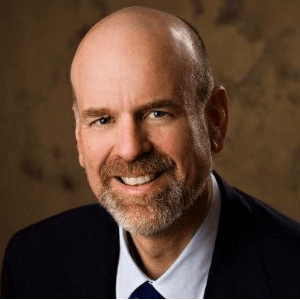
Stephen S Tower
University of Alaska Anchorage, United States
Marcos Brioschi
American Academy of Thermology, United States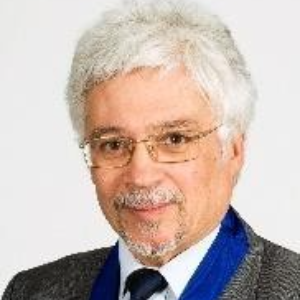
Wagih El Masri
Keele University, United Kingdom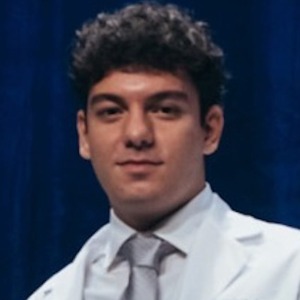
Arif Akkok
Lake Erie College of Osteopathic Medicine, United States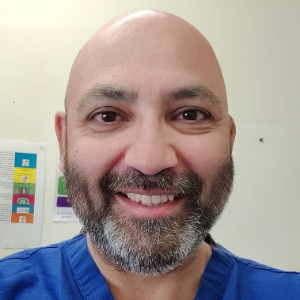
Akash Ganguly
Warrington and Halton Hospitals NHS FT, United Kingdom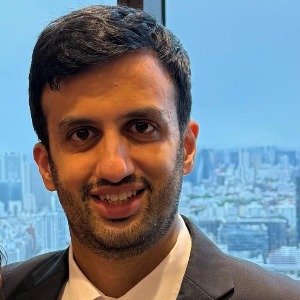
Sajid Ali
The Dudley Group NHS Foundation Trust, United Kingdom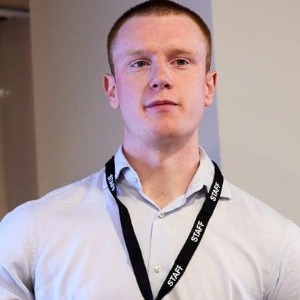




Title : The UK profemur recall and implant cobaltism
Stephen S Tower, University of Alaska Anchorage, United States
Title : The tomographic phenotype and the genotype of wormain bones
Ali Al Kaissi, National Ilizarov Medical Research Center for Traumatology and Orthopaedics, Russian Federation
Title : New treatment of muscle contracture and joint contracture through muscle regeneration with mitochondrial dynamics
Ki Ji Lee, Busan Medical University, Korea, Republic of
Title : New treatment of sarcopenia through muscle regeneration with mitochondrial dynamics
Ki Ji Lee, Busan Medical University, Korea, Republic of
Title : The prevalence and association of self-reported depression symptoms with musculoskeletal pain and quality of life among pregnant women
Youssef Masharawi, Tel Aviv University, Israel
Title : Bipolar hemiarthroplasty under local anesthesia (2%)
Ketan Karabhai Parmar, Aayush Multispecialty Hospital, India